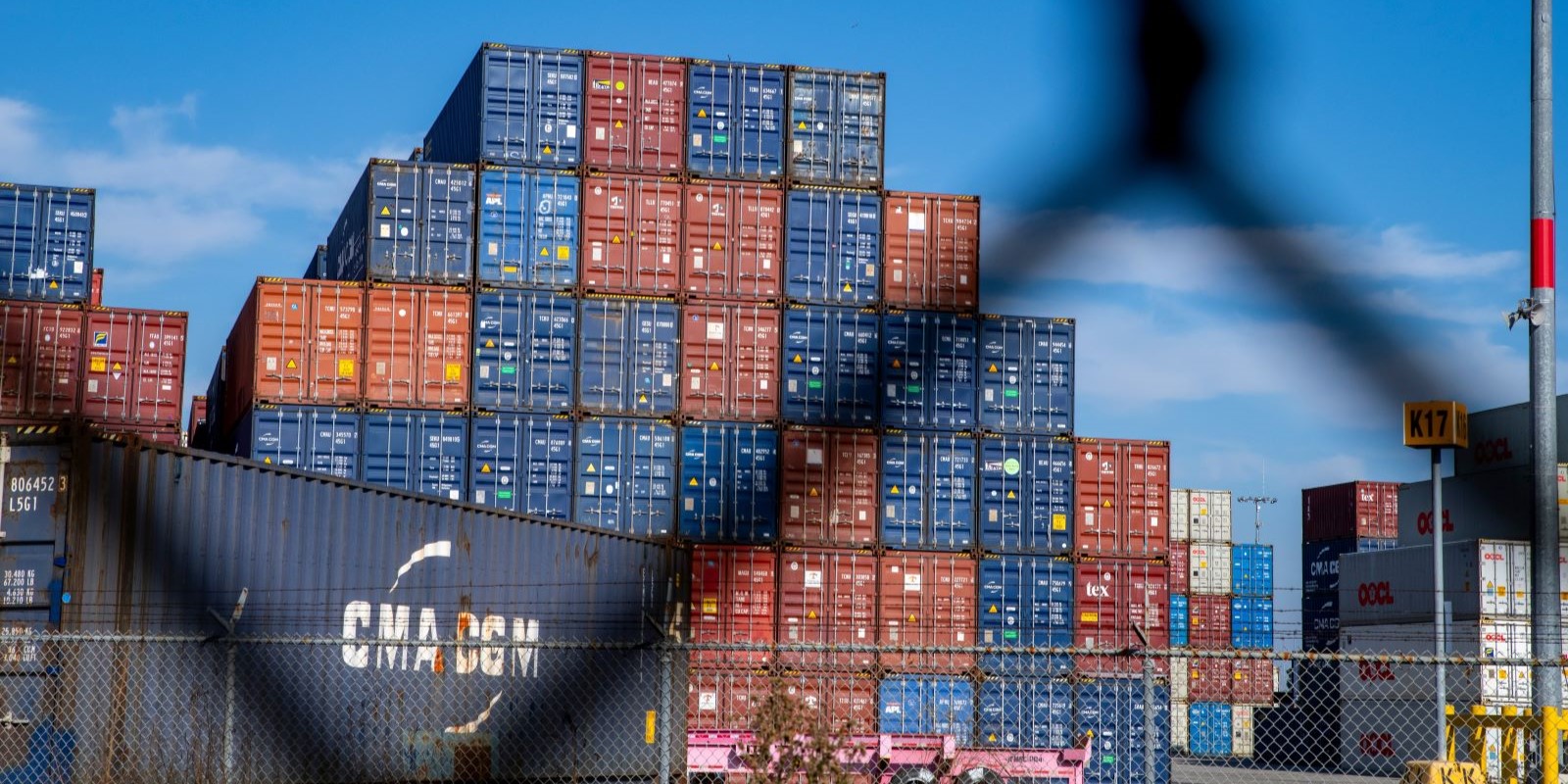Mitigating US Tariffs Through Effective International Structuring, Supply Chain Planning and Transfer Pricing

As the global trade landscape adjusts to the 10% flat baseline tariff on imports—alongside specific higher tariffs for goods originating from certain countries (particularly China)—businesses engaging in international trade face mounting challenges. For UK companies that rely heavily on exporting physical goods to the US, these tariffs threaten to erode profitability and customer affordability. Given the deep integration of Chinese components and manufacturing in global supply chains, new tariffs are anticipated to have a potentially detrimental impact on swathes of the technology and med-tech markets.
However, careful international structuring, the application of robust transfer pricing policies, and the strategic use of Incoterms offer practical pathways to manage these additional financial impacts. It is also crucial to note that these tariffs only apply to the import of physical goods, not software or services.
The below scenarios examine these approaches using a practical example of a UK-based technology company, illustrating how thoughtful planning and restructuring could help manage tariff exposure while maintaining business efficiency.
Scenario 1: Current Structure —Bundled Exports, Bigger Costs
A UK company currently sources computing hardware from China. The company purchases the hardware from a manufacturer in China, ships the units to the UK and installs its proprietary software onto the hardware, with some units subsequently exported to US customers. Each finished unit is priced at $5,000, with roughly $1,000 being the purchase of the hardware. Without the proprietary software, the hardware has no intrinsic value outside of its componentry.
Understanding the Impact: How Tariffs Could Affect Bundled Exports
Under the new tariff framework, some goods originating from China could currently face import tariffs of up to 30%. This tariff applies to the full value of the imported goods, leading to a significant financial impact. For a $5,000 per unit, the tariff adds up to $1,500 per unit, which inflates the landed cost to $6,500 per unit. This increased cost could directly affect the company’s profit margins if absorbed internally or significantly undermines the competitiveness in the US market should they wish to pass it on to the customer.
Moreover, in this situation, the proprietary software—despite originating in the UK and being a software product that would not typically be subject to tariffs—is bundled with the hardware and therefore part of the intrinsic value of the final imported goods. This structure drastically increases costs hindering the company’s ability to deploy its intellectual property (IP) in a tax- and tariff-efficient manner.
Scenario 2: Optimised Structure—Smarter Planning, Reduced Financial Impact
To optimise their supply chain and product delivery, the same UK company establishes a US-based warehousing facility as part of its international strategy. Here’s how the optimised structure could operate:
The UK company exports only the hardware to the US. The hardware without the value addition of the software only holds the value of the components, which would be $1000 plus the shipping costs. The hardware components are imported to the US warehouse where the software can be deployed which increases value of the product
Since the software is deployed locally in the US, the software component will not be subject to 30% tax.
Rethinking Tariff Exposure: What the Optimised Structure Achieves
Under this structure, only the hardware imported from China is subject to the 30% import tariff. For a $1,000 per unit hardware shipment, the tariff cost is $300 per unit, significantly lower than the $1,500 per unit imposed under the traditional structure where the software is deployed in China. Since the software is deployed domestically within the US rather than physically imported, it is exempt from import tariffs. This approach aligns with international trade regulations by accurately reflecting the nature of the goods and services involved. This also enables the value of the software to be preserved and passed on to US customers through more competitive pricing.
Key Strategic Elements for Tariff Mitigation
Reorganizing International Operations
In scenario 2, establishing a US warehouse provides a mechanism for segmenting the software and hardware transactions. This separation ensures that only the appropriate physical goods (hardware) incur tariffs, minimizing exposure to additional costs.
Choosing the Right Intra-Group Model
In the context of intra-group import of goods, a robust transfer pricing mechanism is crucial. Choosing the appropriate intra-group operating model can help manage the financial impact of increased tariffs for the group entity distributing the goods to the customers in the country of import. Characterisation of entities under different transfer pricing models can result in different outcomes for the end-customer price. For example, a risk bearing distributor can absorb the impact of additional costs relating to the macro-economic changes, whereas a limited risk distributor is able to pass the financial impact of any additional costs to the entrepreneur overseas group entity, which may economically own the IP of the business.
Strategic Advantages of Operational Restructuring
The example underscores the importance of effective international structuring and supply chain management in navigating tariff challenges. By appropriately separating transactions and utilizing a US warehouse, the company minimises costs while safeguarding its competitive position in the global marketplace.
Optimised Supply Chain Management
Genuine separation of software and hardware exports enables better control over logistics, ensuring that value-added processes remain within the company’s control. The proximity of the US subsidiary to the market also improves responsiveness to customer demands and streamlines product delivery.
Route-To-Market Changes
Macro-economic changes sometimes force multinationals to review their route-to-market strategy to a particular country. For example, as a long-term route-to-market strategy, multinationals may start contract manufacturing segment through their own subsidiary as a reaction to increased tariffs. Such route-to-market changes can affect the end-customer price. Adoption of robust transfer pricing operating models will result in multinationals reflecting the correct level of profitability in each region, and thereby effectively control the impact on the end-customer price.
Proactive Planning for a Shifting Trade Landscape
As US tariffs continue to evolve, companies engaging in cross-border trade must prioritize agility and innovation in their operational strategies to mitigate Customs Duty risks in an ever- changing environment. For UK businesses, leveraging tools like Incoterms, robust transfer pricing policies, offshore warehouses and appropriate intra-group operating models are critical for remaining competitive in an increasingly complex international landscape.
Want to explore how these strategies could work for your business?
Frazier & Deeter’s specialists can help you evaluate your current structure and discover opportunities to improve efficiency and reduce costs. Schedule a conversation with our team today.
Contributors
Jaydeep Menon, Partner, Frazier & Deeter UK LLP
Rob Myers, VAT Director
Explore related insights
-
Optimising R&D Tax Position and CFC/PFIC Analysis for Successful Fundraising: A Case Study
Read more: Optimising R&D Tax Position and CFC/PFIC Analysis for Successful Fundraising: A Case Study
-
Preparing for US Clinical Trials and Market Entry: HIPAA Compliance for UK MedTech
Read more: Preparing for US Clinical Trials and Market Entry: HIPAA Compliance for UK MedTech







